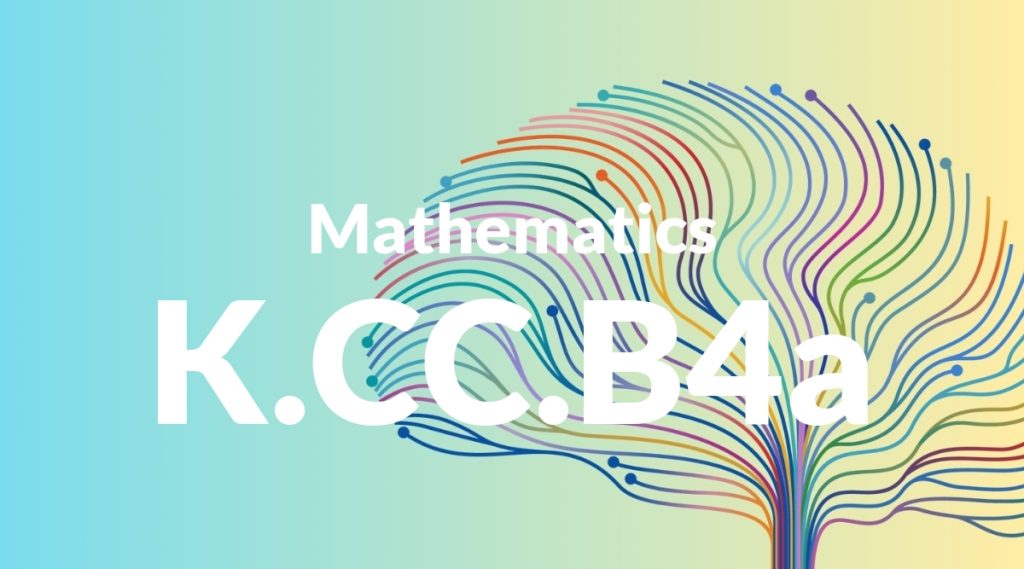Standard: K.CC.B4a – When counting objects, say the number names in the standard order, pairing each object with one and only one number name and each number name with one and only one object.
Grade level: Kindergarten
Subject: Mathematics
Domain: Counting & Cardinality
Teacher Overview
This standard focuses on helping kindergarteners understand the basic principles of counting and cardinality. It is crucial for students to learn to count objects in a sequence, ensuring that each object is paired with one and only one number name. Mastering this skill lays the foundation for more complex mathematical concepts. Before tackling this standard, students should be comfortable with number names and counting in sequence.
After mastering this standard, students will be able to count larger sets of objects and understand the concept of quantity, preparing them for more advanced arithmetic.
Common Misconception 1
A common misconception is that the order of counting objects does not matter. This is incorrect because counting in sequence is essential for understanding quantity.
Intervention 1
To remediate this misconception, use visual aids like number lines and consistent practice with counting activities that emphasize the correct order.
Common Misconception 2
Another misconception is that multiple objects can share the same number name. This misunderstanding can lead to inaccurate counting.
Intervention 2
Engage students in activities that involve pairing each object with a unique number name, such as counting blocks or beads, to reinforce one-to-one correspondence.
Prerequisite Knowledge
Students should be familiar with number names and the concept of counting in sequence.
Subsequent Knowledge
Students will develop the ability to count larger sets of objects and understand the concept of quantity.
Instructional Activities
- Counting objects in a line and ensuring each object is paired with a unique number name
- Using number cards to match with objects
- Interactive counting games that emphasize one-to-one correspondence
- Group activities where students count objects together
- Story time with counting books




